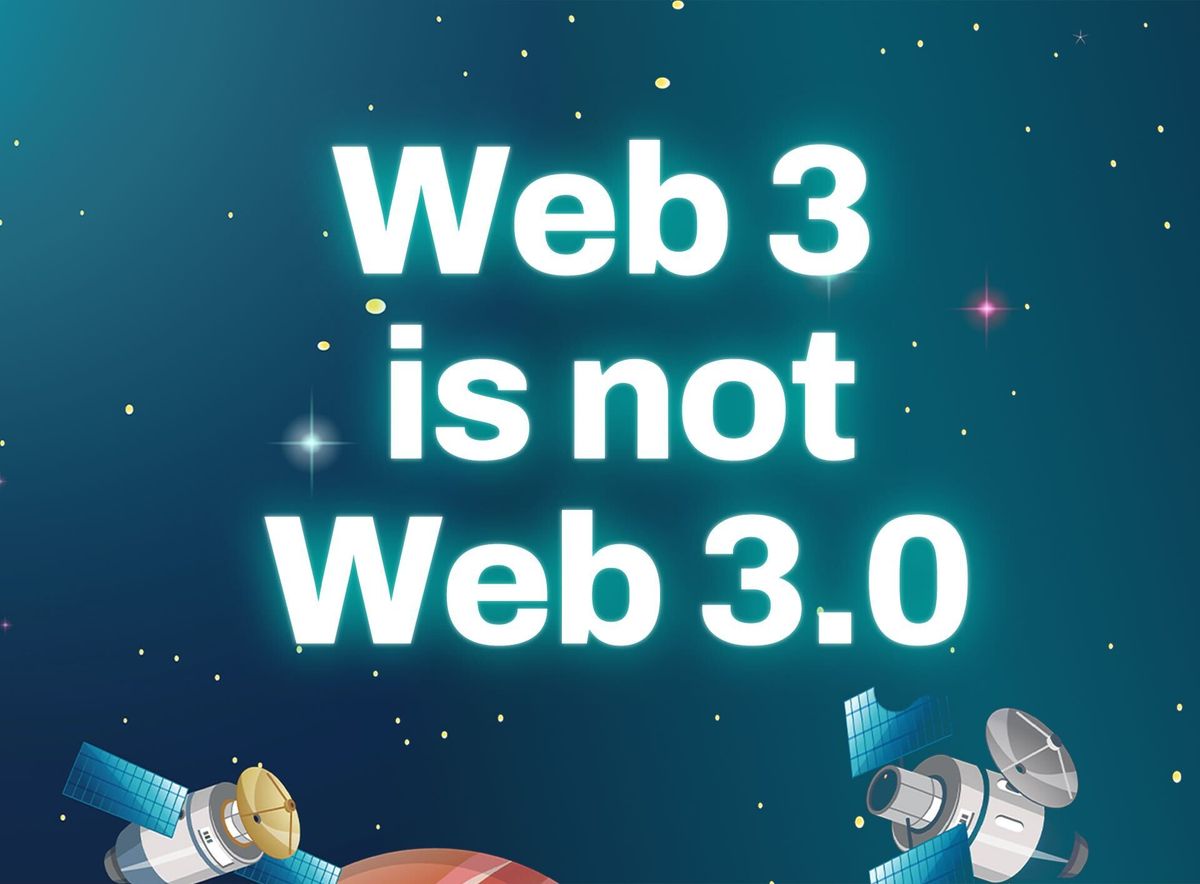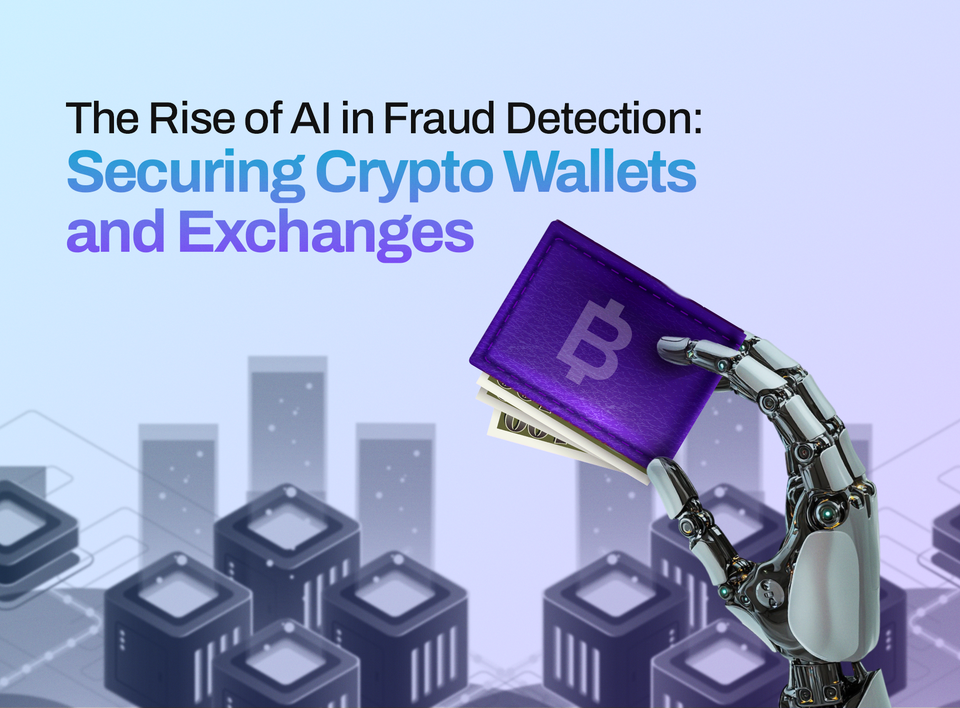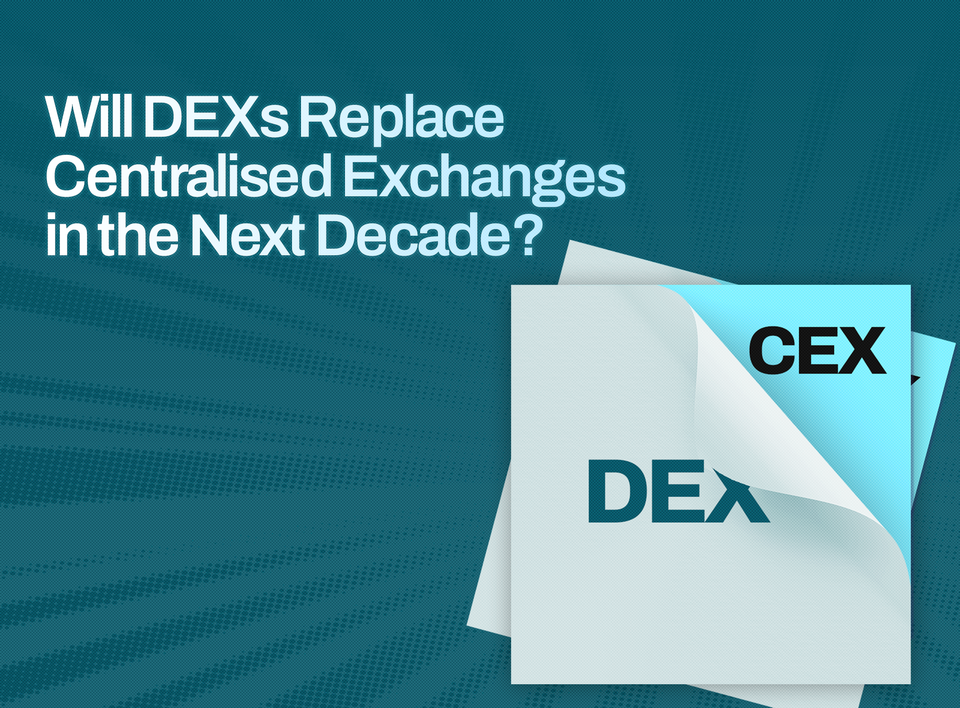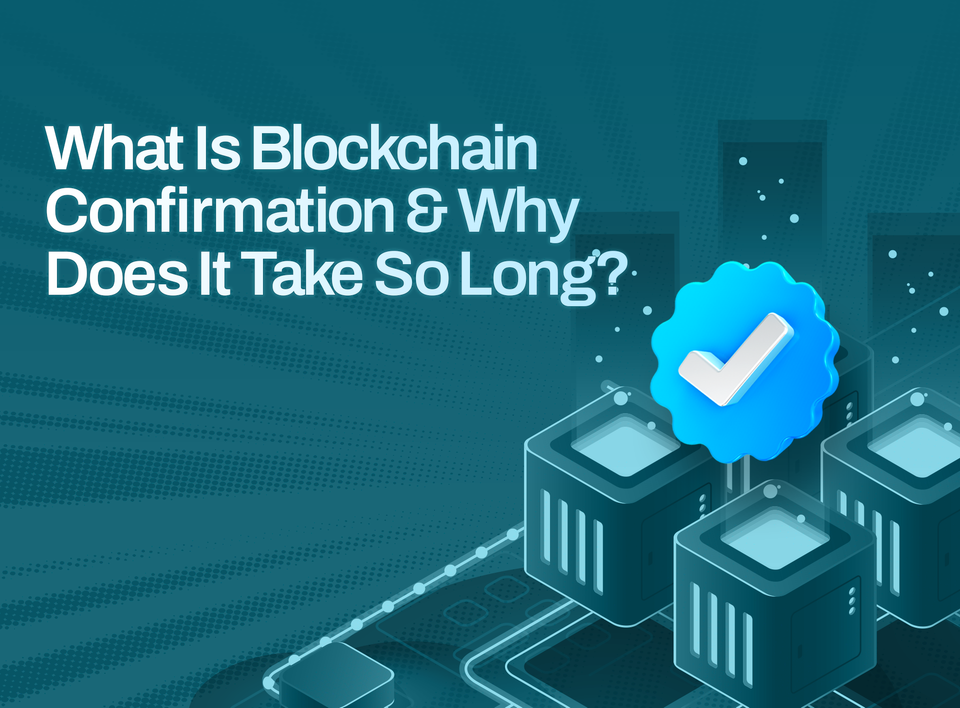Web3 vs Web 3.0: What’s the Real Difference?
Don’t confuse Web3 with Web 3.0 — they’re not the same thing. This article breaks down the key differences and why it matters.

Zeros are really powerful.
I think tens, hundreds, thousands, millions, billions, etc, have shown us that.
Over the course of my ‘exploration’, I’ve come to realize that Web3 and Web3.0 are sometimes used interchangeably when they actually aren’t the same.
You’d think 1.0 = 1 and so Web3.0 should equal Web3, but no, it doesn’t quite work that way.
I see this post as an opportunity to kill two birds with one stone – talk about what Web3 is and what Web3 isn’t (Web3.0). It’s more like killing three birds with one stone; you get to understand what Web3 is, what Web3.0 is, and the difference between them.
While they are both innovative, new, and future-thought versions of the web we currently have, they are not the same and are based on very different foundations.
First, What is Web3?
I will try to be as simple as possible, and I may not provide the deep technical knowledge you may want/need.
Now, to understand both Web3 and Web3.0, we have to take some steps back in time and understand where this all started. If there’s a 3, there has to be a 1 and a 2, right? So yeah, let’s start from the beginning.
A Fast Rewind
So, let’s start with Web 1.0.
Let’s go back to the early days of the Internet, around the 1990s. This is when Web 1 came into existence. Back then, the Internet was still a pretty new thing, and websites were mostly simple and not very interactive.
Web 1 was like a digital library where you could find information, just like reading through pages in a book. Think of a view/read-only type of situation. Websites were mostly made up of text, pictures, and links. They looked a bit plain compared to what we have today.
The main focus of Web 1.0 was sharing information. People and organizations could create websites and put up content, but there wasn’t much interaction or collaboration. It was more like a one-way street, where you could read things but couldn’t easily contribute or participate.
Now, fast-forward to the early 2000s, when Web 2.0 made its entrance. This is the version of the Internet we use today!
Web 2 brought many exciting changes and made the Internet more intricate and interactive.
With Web 2, websites became more like communities and platforms for people to connect and share things.
It’s like going from a library to a bustling town square! Websites started to focus more on user-generated content, meaning that people like you and me could create and share things online.
Remember, Web1 was more of read only situation, Web2 says read, create, share.
Think about social media platforms like Facebook, Twitter, or Instagram. They are all part of Web 2.0. These platforms allow us to create profiles, share photos and videos, and interact with others by commenting on, liking, or sharing their posts. It’s all about connecting and engaging with people.
Web 2 also brought us services like online shopping, streaming videos and music, and even online gaming. Unlike Web 1.0 where you couldn’t easily share things on the internet, Web2 made the internet more interactive, user-friendly, and accessible to everyone.
What is Web 3.0?
Web3.0 is the proposed newest version of the internet as we know.
Let’s retrace our steps a bit
- Web1.0= Read
- Web2.0=Read, Create, Share
- And Web3.0?
Web 3.0 is the Semantic Web, an extension of the World Wide Web as described by Tim Berber’s Lee (the father of the WWW).
The Semantic Web refers to a vision of the web that is more intelligent, where all data is machine readable making all data on the internet connected.
The web as we have it today (Web 2.0) is not as intelligent or efficient as it can be. Notice I used ‘vision’ and not ‘version’. Well, that’s because Web 3.0 is really not out there yet. It’s still in the works, but it’s what we envision the Web to be —meaning that it’s still subject to modifications.
Web 3.0 tries to solve the intelligence problem the current web has. Data that exists on the internet today is not in its raw form. The internet understands that there is data but cannot comprehend that data itself. With the semantic web, the internet will be able to read and understand data.
No wonder Web 3.0 is also called the ‘Semantic’ web. Semantics means meaning. It means now the internet can put meaning to the data on it. This intelligence makes all data connected.
How?
Now, imagine you want to job hunt and you update your work experience on Indeed, one of the job boards you’re signed up to.
When you move to the next job board, say Glassdoor, you’d have to update your work experience there, too, and the same goes for other job boards you might visit.
This is one of the problems with Web 2.0.
With Web 3.0, the internet will understand that you have gained a new work experience, and that update will automatically be made across your work profiles.
Now, you wouldn’t have to manually update your work experience on Glassdoor; the internet would have done that for you. With the Semantic web, everything will be connected at the data level, so once you change or update your information on a particular platform, the same changes will be effected everywhere. Now, isn’t that much better?
Basically, Web3.0= Read, Create, Share, Connect
And, what is Web3?
Now that we understand the basic concept of Web 3.0, what is Web3?
Web3 is another vision of the web, once again trying to be a better version of the Web as we have it today.
Remember how Web 3.0 tried to tackle the problem of intelligence? Web 3 tries to tackle the problem of control and ownership.
One of the problems of the current web is that we don’t own and control our data. Our data is basically owned and controlled by the big internet giants like Google and Meta (we should actually read these terms and conditions).
Our data is collected and stored in one place, it’s centralized. Our identity, posts and data as users of the internet don’t actually don’t actually belong to us. These giants have control and ownership of our data, and they can actually use it any way they want if the need arises.
Web3 aims to decentralize data, so some big sharks don’t have power over users' data. Web3 is taking power away from the hands of a big few and putting it back in the hands of the users. It’s power to the people.
Web1.0= Read
Web2.0= Read, Create, Share
Web3= Read, Create, Own (you’re the owner, and if you want to share, you can)
Now, how does Web3 achieve this?
It adopts a decentralized method of data storage called blockchain.
A blockchain is basically a network of computers that share the same transactional history. It’s like keeping the pieces of a puzzle in different boxes, but yet they’re connected. You can’t just pick the puzzle as a whole and destroy it, meaning it’s is decentralized.
Well, it is much more technical than this, but that’s why I’m here to de-technicalize things and make their basic concepts easy to grasp. Now back to Web3.
Because of Web3's decentralization of data, data cannot be changed or corrupted except with permission from the user. Users will now be in control of their identity, data, and content and will be able to decide who can access their information and who can’t.
This is basically the idea behind Web3: the decentralization of data, which allows users to have total control and ownership.
The Difference between Web3 and Web3.0
The truth is Web3 and Web3.0 are pretty similar yet so different. They’re both visions of the web as we have it now, both trying to solve a problem. However, they have different focuses and different manners of approach.
Web3 aims to decentralize data and return control and ownership of data to users by adopting blockchain technology. Meanwhile, Web 3.0, the semantic web, aims to make the internet more intelligent by making data machine-readable and connected.
Web3 tackles the problem of dominance (by the giants/big sharks) and Web3.0 tackles the problem of intelligence.
Last Note
A lot of people and websites still use Web3 and Web3.0 interchangeably because they think it’s the same thing. Heck, at some point, I also thought they meant the same thing. I mean, what difference does a ‘point zero’ (.0) make?
Web3 and Web3.0 are not the same.
They are both the future and maybe, at some point, they will walk hand in hand. What really matters is that the world (and the web) is growing and evolving, trying to solve current problems and make things better.
They are both works in progress that want to make the future better and greater. And I am watching (and documenting) with keen eyes how these visions realize.
Disclaimer: This article was written to provide guidance and understanding. It is not an exhaustive article and should not be taken as financial advice. Obiex will not be held liable for your investment decisions.



